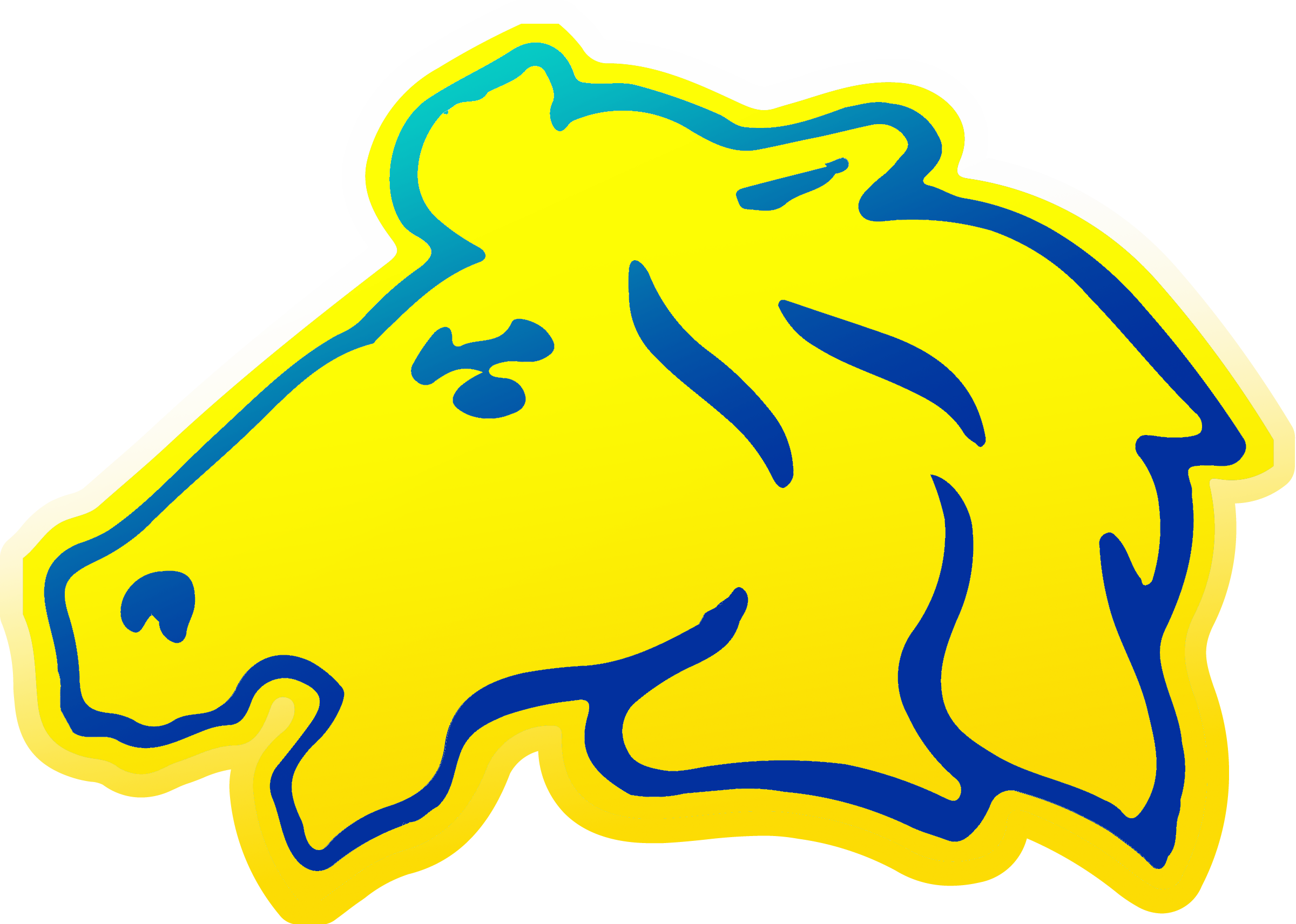Sheridan County School District #2 > District Academics > District Kindergarten Program Descriptions > Focus on Math
The foundation for your child’s mathematical development is established in his or her earliest years. Mathematics learning builds on the natural curiosity and enthusiasm children have for life. These are the concepts (listed below) your child will experience while in kindergarten and any exposure prior to starting kindergarten would be beneficial.
How can I help my child attain Mathematical success in:
Number Operations and Concept
- Count anything and everything!
- Count forward and backward starting from different numbers by 1’s.
- Count groups and form sets: set the dinner table, share treats, choose teams.
- Play board games using dice and spinners.
- Read and write numbers that are all around us: addresses, license plates, phone numbers, etc.
- Estimate various groups: the number of people in the movie theater, the number of Cheerios in the bowl, how many steps you take walking to school.
Geometry
- Build puzzles.
- Cutting cookies into various geometric shapes and naming them.
- Use geometry terms to describe everyday shapes, like stop signs are octagons and a pop can is a cylinder.
- Create three-dimensional shapes using common items, such as cards and cardboard.
Measurement
- Involve children in activities, such as cooking, sewing, gardening, shopping and wood-working.
- Talk about time within the day: time for bed, dinner time, time between events or time to complete a chore.
- Use estimation for trip times, mileage, rate, weight, volume and temperature.
- Name coins and values and combine them into small groups of coins.
Patterns and Algebraic Concepts
- Sort and classify laundry, dresser drawers, money and cans in the pantry.
- Create bead jewelry with a variety of patterns.
- Compare shortest to longest, smallest to largest.
- Find patterns in designs, pictures, fabrics and seasons.
Data Analysis and Probability
- Create a chores graph at home.
- Use stickers to record regular daily activities.
- Use the forecast to report the weather.
- Compare events using terms, such as “less likely”, “more likely” and “equally likely”.
- Use tallies to record quantities of items.










